New US ‘Democratic’ Model for the Arab World?
The 2012 Egyptian Presidential Election: New US ‘Democratic’ Model for the Arab World?
By Colin S. Cavell, Ph.D., 26 June, 2012
The announcement of the victory of the Muslim Brotherhood candidate, Mohamed Morsi, by Egypt’s Elections Commission on Sunday, June 24, 2012, arguably completes the broad outline of what will become known as the boilerplate for US-constructed Arab democracy in the years ahead. With a narrow three percentage point lead, opposition candidate Morsi ostensibly won the presidential runoff held on June 16th and 17th with 51.7% of the electorate compared to the Supreme Council of the Armed Forces (SCAF) candidate, former General Ahmed Shafik, who is said to have garnered 48.3% of the vote. With the appearance of a nearly evenly balanced electorate, political stability is hoped for by Egyptians who want to move beyond the contentious and acrimonious contestations for power since the ousting of Mubarak in 2011.
Beset by client regimes led by aging autocrats held in contempt by their domestic populations, continued US hegemony in the Middle East North Africa (MENA) region necessitated political restructuring and a new generation of leaders if the US wished to hang on to its status as overlord in the region.
Massive unemployment, extensive disparities of wealth, rampant corruption, and a severe sense of citizen disempowerment fueled the rebellions which upended the Arab world starting with the spark ignited on December 17, 2010 when produce street vendor Mohamed Bouazizi set himself on fire in Sidi Bouzid in Tunisia to protest police harassment and demands for payoffs to allow him to continue to sell his vegetables and fruit for meager wages. The impact of Bouazizi’s act of self-immolation spread like a tsunami from Tunisia to Egypt, then on into Bahrain, Yemen, Algeria, Jordan, Morocco, Lebanon, Mauritania, Libya, Syria and elsewhere in the Arab world, ousting not only longtime autocratic leader and President of Tunisia Zine El Abidine Ben Ali in January 2011, but as well Hosni Mubarak, President of Egypt, in February 2011, Libyan leader Muammar Gaddafi in October 2011, and, eventually, Ali Abdullah Saleh, President of Yemen, in February 2012. Ben Ali had been in power in Tunisia for 23 years, while Mubarak had been at the helm in Egypt for 30 years, and Gaddafi had ruled Libya for 41 years, while Saleh had ruled Yemen for 33 years. Tunisia, Egypt, and Yemen have all been longtime US clients in the region with Gaddafi only aligning himself with the US within the last few years of his reign when, in 2006, the US restored full diplomatic relations with Libya and removed the country from its list of “state sponsors of terrorism” after 27 years.
The so-called “Arab Spring”—an appellation borrowed from the “Prague Spring” of 1968—portends a period of political liberalization for the Arab world, whose long-suffering populations have for decades suffocated under the yoke of iron-fisted US-sponsored dictatorships, with few outlets for expressing grievances and little hope for any semblance of justice. Periodic calls over the years by the US for liberalization went unheeded by its Arab clients and were ignored by autocratic rulers who had little incentive to restructure their regimes in accordance with the demands of modern capitalistic economic methods. Understanding the ripening of the situation, US agencies first acted to try and contain the outbursts and then, recognizing the inevitable, began to assist and—they hoped—position themselves to be able to guide regime transitions towards a new accommodation of client-state relationships with democratic appendages.
The rubric for the Egyptian model consists of the following aspects: 1) the establishment of a primarily two-party dominated democracy; 2) consisting of an Islamist-oriented party competing against a secular-oriented party aligned with the country’s military; and with 3) the autonomy of the military guaranteed constitutionally. Just as the US enforces hegemonic dominance in Central and South America through its relations with that region’s militaries, so too will US dominance in the MENA region continue to be maintained through close relationships with the ultimate arbiters of political power—so long as they possess a monopoly over their nation’s weaponry: the military.
Tunisia, the smallest country in Africa, acted as a testing ground for this democratic model when in December 2011, Moncef Marzouki was elected president with the backing of the Islamist Nahda party. In Yemen, upon Saleh’s departure in February 2012, Vice President Abdo Rabbuh Mansur Al-Hadi—who had previously served as acting president from June to September of 2011 while Saleh recuperated in Saudi Arabia from a bomb blast of the presidential palace—took over the presidency promising to draft a new constitution, followed in 2014 by new parliamentary and presidential elections. In Libya, the so-called National Transition Council, headed by Mustafa Abdul Jalil, has promised the formation of an interim government followed by elections for a constituent assembly and then parliamentary and presidential elections, though sporadic fighting with tribal forces continues to plague the nascent government.
With the Egyptian model for democracy now articulated, political observers will be seeking to answer the following questions in the months and years ahead:
1) Will Islamists accept this form of democracy as their own?
2) Will secularists accept this form of democracy as their own?
3) Will cultural majorities be able to silence all minority rights?
4) Will national militaries confine themselves to the role of arbiter without always resorting to force?
5) Will foreign and external intervention delegitimize this form of democracy?
These and many other questions will now be the focus as the Arab Spring plays itself out.
–30–



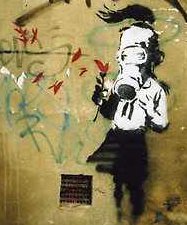



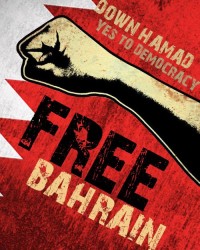
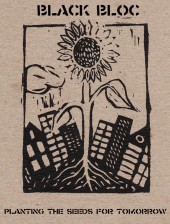





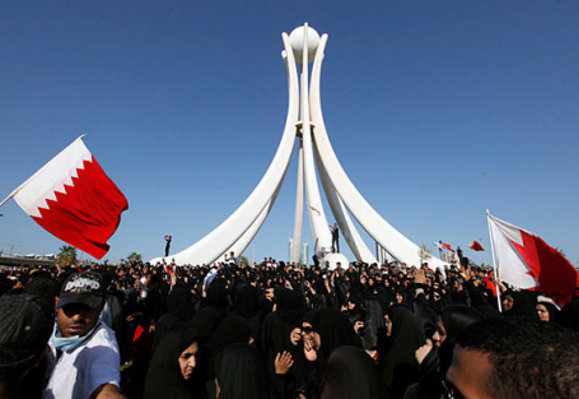












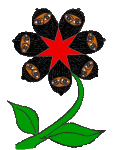


Add facebook comments
Kick things off by filling out the form below.
Leave a Comment